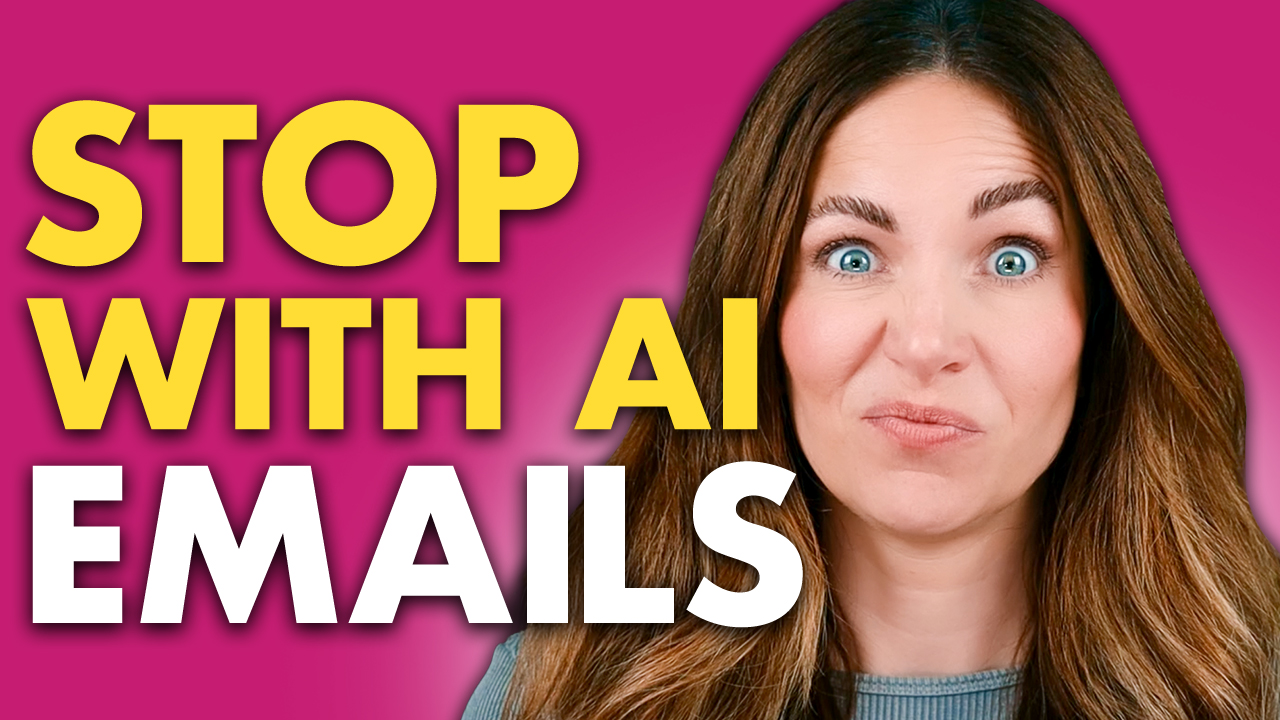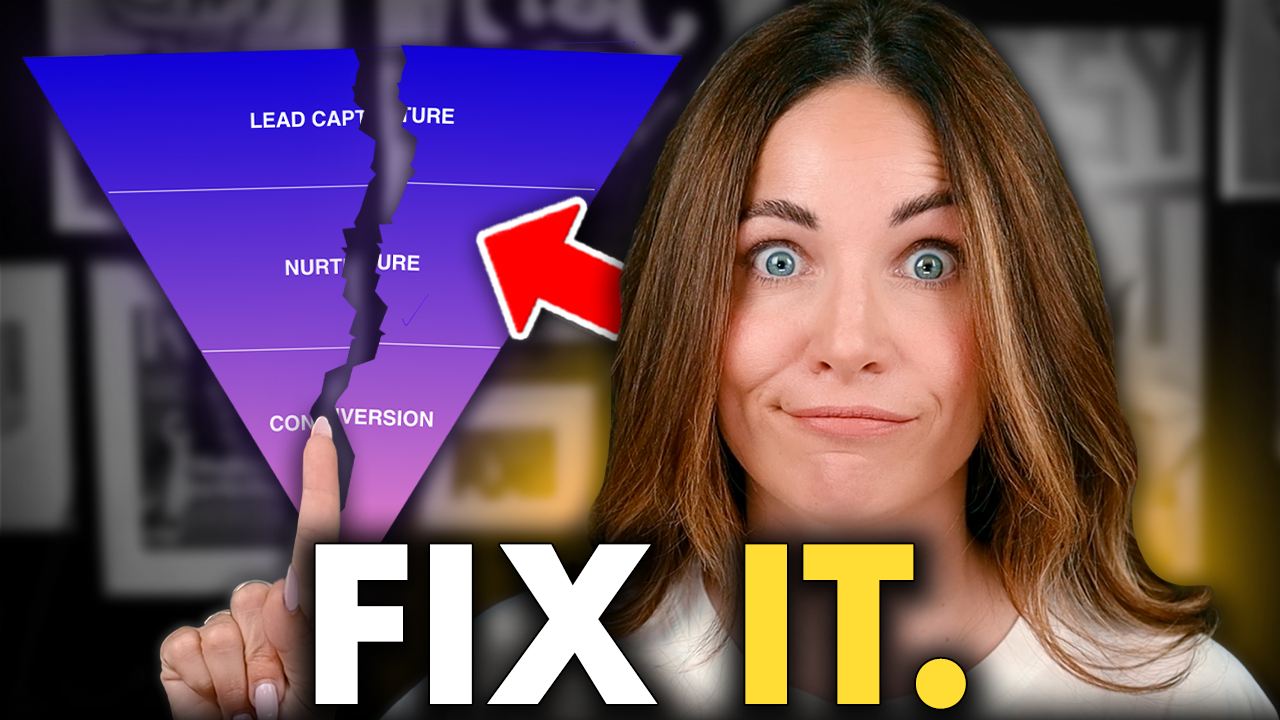So you’ve got a great offer, but your copy is not converting…
You could be missing one of these key sales components.
Here are my 4 P’s to writing the perfect pitch…
Hey guys, it’s Alex. If you’re new here, be sure to join my newsletter to get the low-down on more marketing and copywriting tips.
Every single week I share proven lessons and ideas on how to write sales copy that connects and converts.
Now, if you’ve been with me for awhile, yay! I love you! Leave me a comment below to let me know you here.
As you guys know, in past posts I’ve talked a lot about hooks, headlines, and hot trends when it comes to sales copy… But I’ve gotten some feedback from a few of you lately that there’s ONE part of writing offers you often get stuck on and that is The Pitch.
Yes, I’m talking about the second half of your sales page. The last 10 minutes of your webinar. That closing email in your sales sequence. You know — when you need to present your offer in the most compelling way to get your prospects to say YES, and jump right in!
So, you’ve hit them with a killer headline or subject line. You’ve reeled them in with a great story or hook. You’ve addressed the pain or problem you’re trying to help them resolve….
And now you’re at the point where it’s time to sell and you hit a wall. So you either 1) don’t sell at all because you feel uncomfortable doing it *awkward* or 2) bash your prospect over the head with all the features and bells and whistles that make your product so great… And your copy is just not converting. Hmmmm…. Strange.
If this has ever happened to you comment below and let me know…
Because, let me tell you, it’s not just you! I’ve done dozens of copy critiques where I see painfully awkward, painfully abrupt or painfully absent sales pitches.
So in this post, I’ll be sharing my 4 P’s to writing the perfect pitch.
Now, these components apply whether you’re writing a webinar script, a sales letter, a landing page or even a sales email.
Before we get to it though, I just wanna lay out a couple of key prerequisites that you have to cover before you can perfect your pitch:
Firstly — make sure you know who your prospect is. Because no matter how great your product or pitch is — if you’re trying to sell Thanksgiving Dinner to Turkeys it ain’t going to fly. LOL. Or maybe it will. Turkeys can fly btw, not fast or high enough, apparently.
Secondly, make sure you get familiar with the objections that your prospects might have early on, so that you can address them head-on. Just as important as knowing WHY your customer will buy, is knowing why they might not.
Alright so with that, let’s move on to the first P of your sales pitch:
P #1: Pivot
This is one of the most overlooked parts of a sales pitch.
So you’ve addressed the pain that you are promising to resolve. Now it’s time to seamlessly transition to your offer. But just how do you do that?
Many copywriters make the mistake of going straight from pain to product, without thoughtfully leading prospects through the solution first. It’s like saying, “Oh, you’re overweight and depressed? By my book.” This creates a huge disconnect for your reader who is likely asking the questions…
“Why should I pick your product to help me with this?” and “What value are you helping me meet?”
You need to take time in your copy to thoughtfully introduce the unique solution you’ve discovered to help your prospects solve their biggest problem. This is where you add value in advance and educate them on why THIS is the solution that will work best for them.
Going back to the weight loss example, maybe your book is a Keto Cookbook. Therefore, you need to convey why increasing ketones is a powerful solution for dissolving fat.
At this point, you haven’t even mentioned your product yet, but once your prospect can BELIEVE in the solution you’re presenting, selling becomes easy.
And this is where the incredibly simple but incredibly powerful pivot to the product pitch comes in. Once a believable solution is clearly conveyed, all you need to do then is to explain how and why you’ve made this solution faster, better, simpler or easier for your prospect.
And it can happen in just a few words…
- “I know this can be a lot to process. That’s why I created….”
- “It’s hard to do this alone, that’s why I created… “
- “You can’t get the results you want without repetition and support, that’s why I created…”
You get the idea…
The pivot is everything. And will set you up perfectly for the 2nd P of writing your pitch.
P #2: Positioning
So after you’ve presented your product and what makes it so great, you must focus on positioning the offer.
Your prospects will always ask, “Why should I buy this product from this person, and not something from someone else?”
So on top of communicating your unique selling proposition, and what makes your solution faster, better, simpler or easier than the other guys’, you need to address WHY you’re selling it.
I know the obvious is to “make money, duh” but if you don’t say an alternative reason, your prospect will assume that’s all you’re in it for too.
Studies have shown that customers are more likely to buy if you give them a hand in rationalizing why you’re making your offer in the first place.
Let’s face it, you may be a marketer or a copywriter yourself, but you’ve been in your prospect’s shoes. You know there are plenty of unethical businesses out there trying to dupe people with dodgy reasons to buy their stuff!
So build trust with your prospect, continue to address their inner critic, and put them at ease by justifying and positioning your offer… Whether you’re charging for it or giving it away for free.
There are several ways to do this, such as creating the reason around a personal mission or a company milestone. Here are a couple of great reasons that I’ve used before:
A: “The feedback we receive about this product is so positive that we want as many people as possible to be able to get these results.”
Or “It’s been a year since I created this product and I now have 1000 happy customers using it and loving it. It’s my mission to help over 1,000,000 people achieve {singular benefit} ”
So ask yourself, if it weren’t for money, why are you selling this?
Okay, now the third often-overlooked P in your pitch is….
P #3: Price Juxtaposition
The most important thing to remember about your offer is that the value should always be greater than the price! By that I don’t mean what you believe the value is, but what your prospect would pay for the solution you’re offering.
And it’s not enough to just give a discount and compare the low price to the original price. Customers don’t buy solely based on price, they buy on the perceived gap between value and price.
For example, say you’re a coach who usually charges $200 per hour for one-on-one sessions, and your offer is an online course packed with 20 hours of valuable coaching content for $500.
Sure, you could slash the price down to $400 and communicate a $100 savings in your copy…
But you’d also want to share that the value of your course is $4,000, because that’s the value of 20 hours of coaching from you.
Next to the discounted $400 price tag, a $4,000 value gives your offer great price juxtaposition! Now, to clarify, I’m not saying you should say you’re offering a 90% discount on your course, because why would someone pay $4000 for a course when they can get private coaching for the same amount?
I’m merely suggesting you communicate the value upfront so that the $500 original price tag ALREADY seems like an amazing deal, and that any additional discount for a special limited offer would only make the offer that much more irresistible.
And when it comes to stacking value, you needn’t stop there. On top of your core product, you can add on more premiums and free bonuses to your offer to bump the value even higher, further maximizing that value/price gap. The greater the gap, the easier the pitch.
Okay, and the last P on my list is…
P #4: High-Priority
You want your prospects to make purchasing your product a HIGH priority or else they’ll procrastinate or peace out altogether.
The best, if not the only way to do this — is to use genuine scarcity in your copywriting. The goal is to make your offer seem limited in someway, and therefore harder to obtain. Scarcity gives your prospect a reason to buy right now.
For example: You can limit your offer to the first 100 customers only. Or put a deadline on your sale.
Whatever type of scarcity you use, don’t create fake FOMO, guys. At this point of your pitch, your prospect is looking for a reason to NOT buy from you. This means that if they smell something fishy or inauthentic about your use of urgency — they’re gonna bounce.
So make sure that you design your pitch around real scarcity. There are four different types of scarcity that I use frequently in my marketing, which I’ve covered in another post. You can read it next here: The 4 Types Of Scarcity.
And there you have it guys, the 4 often overlooked parts of a sales pitch. Keep these P’s in mind the next time you have to write a webinar script, sales page or email campaign.
Please leave me a comment below if you found this post helpful! And remember to check out my YouTube Channel to find out how you can turn your copy from good to great.
And if you want to learn the 10 copywriting components you need to write offers that sell (no matter your product or niche), get my Hot Offer Checklist here.
I’ll see you next week! Till then, I’m Alex. Ciao for now!
Watch This Instead


